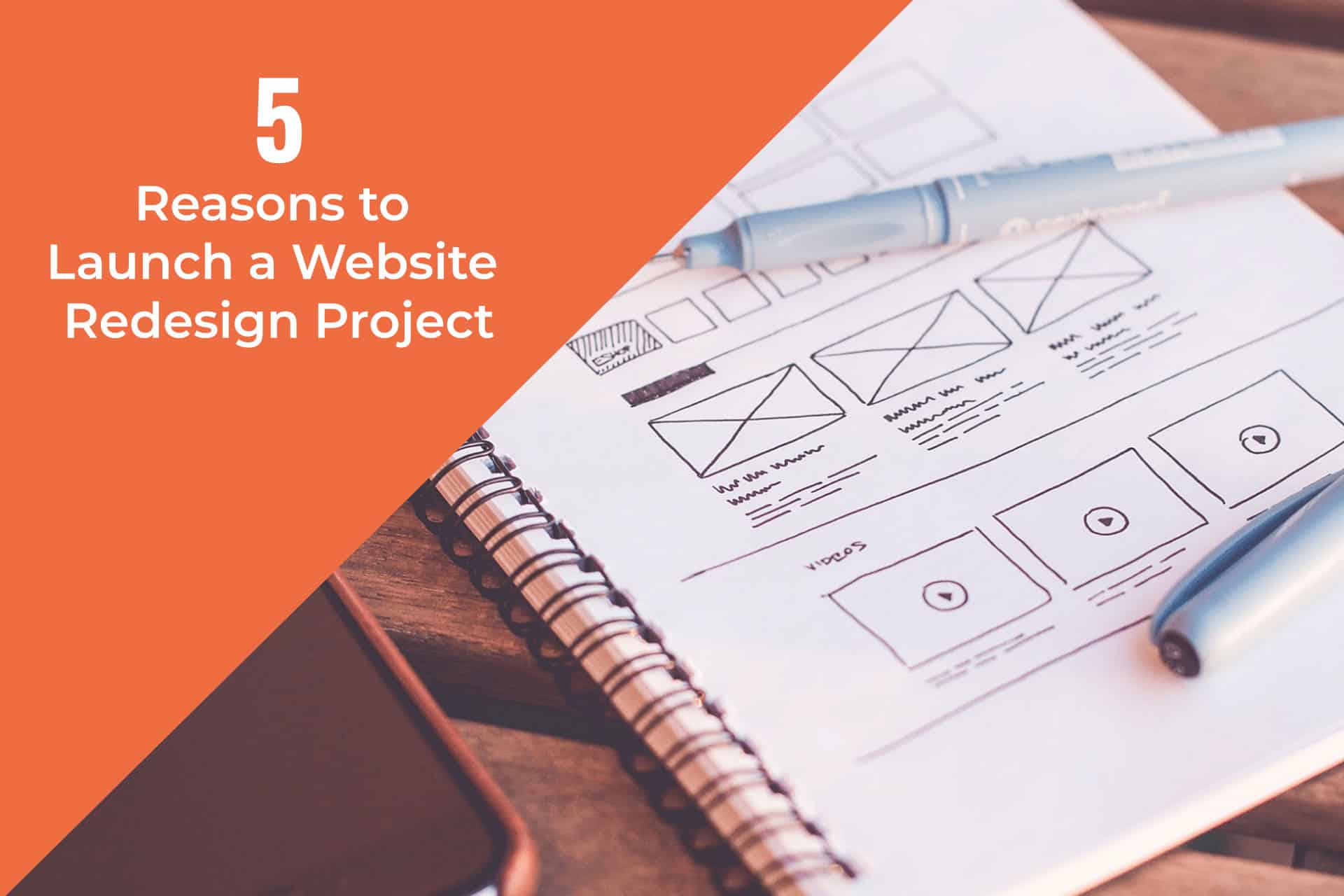Whether your website is educational, nonprofit or commercial, you hope to draw a broad audience. No doubt you invest in SEO and keep an eye on the search result ratings to see how well the site performs. Yet there is another very important issue you must not neglect — making web content accessible to all. It requires much more thought about site organization, fonts, and the use of audio and visual aids. You also need to make content easy to access from mobile media as well as desktop computers.
So why is web accessibility important?
It is a matter of necessity more than choice.
If you thought this might be a nice thing to do when you have the time, think again. The public’s expectations and legal requirements have been changing. Commercial and social pressures and possible legal sanctions make accessibility a hot issue. You need to conform to recognized standards like these Web Content Accessibility Guidelines.
A billion potential visitors
When you want to develop a new website or improve an existing one, aim to make it accessible. Everyone with internet access is a potential customer or supporter. To improve website accessibility is a strong foundation to provide a good user experience (UX). If it is easy to find certain information or a product the visitor is much more likely to return.
While pictures of people in wheelchairs is common when one thinks of a disabled person, statistics show that this group is much larger and broader than many imagine. As we’ve previously covered here, there are a variety of disabilities from temporary to long-term ailments. For example, about one in five Britons and Americans have reading difficulties. One in twenty of them have hearing problems.
The percentage with disabilities increases in older age groups. As the hotel industry experience shows, it is sound commercial sense to cater for their needs both in physical locations and online.
Complex content and poor site navigation deter all those with limited English skills. For example, it is important to use simple English if you wish to attract an international audience. Even academic institutions should avoid university dissertation level English. You can still have professional web content in words that don’t send the reader to the dictionary. Large corporations have learned the lesson well. As Microsoft states on their website:
“With over 1 billion people with disabilities in the world, we’re passionate about ensuring that our products and services are designed for people of all abilities”.
Stay on the right side of the law
Complaints over denial of accessibility have reached the American courts.
NAD versus Netflix was one of the most famous cases in the last decade. But there have been others, including one in 2017. In Florida, a federal judge ruled in favor of a blind plaintiff against a grocery chain stating that Winn-Dixie’s physical and online stores are interlinked. Blind or partially sighted customers deserve equal service levels in both outlets, but the website failed to meet this demand. This put the grocer in violation of the Americans with Disabilities Act.
California and New York judges have also supported denial of accessibility claimants and lawyers are still exploring the ramifications of these rulings.
Suppose, for example, students use your website to learn course materials. If the content is in a form some students cannot access, are you open to a lawsuit? In many instances this new area of law is still at a formative stage.
Avoid Negative Publicity
To attract good publicity and avoid bad press, is very important to all kinds of organizations to be open and inclusive through your website. Even if nobody takes you to court, poor website accessibility attracts negative attention. For example, suppose potential students need visual or audio aids to understand lessons. If your website is lacking in this area they could share their anger on social media. In the USA the Office of Civil Rights (OCR) could become involved. Recently many school districts have received OCR letters. Even if the issues are soon resolved it is far better never to be under investigation in the first place.
Embrace Accessibility
It is much better to embrace website accessibility rather than view it as a threat. Your organization only gains when it caters to the widest possible audience. With professional advice, you can make your website accessible. Avoiding lawsuits and bad press should not be your prime motivation. Focus on the benefits of having a positive image and the higher visitor numbers it is sure to bring.
AmDee has put together a checklist for you to check your website to see if it’s accessible.
Download our toolkit for 5 unique ways to check your site.
You May Also Like

Thomas Bertram (T. Bert) Lance famously said, "If it ain't broke, don't fix it." Unfortunately, T. Bert Lance couldn’t foresee the future. He didn’t know that over 94% of Americans would be on the internet by 2024. If your website doesn't receive periodic updates or isn't accessible, users can become…
read more >
The average American now spends over half of their day staring at a screen. A recent Nielsen report reveals that adults in the United States spend over 12 hours a day on digital devices. This includes time spent using apps, browsing the web on smartphones, streaming services, and using desktop…
read more >
